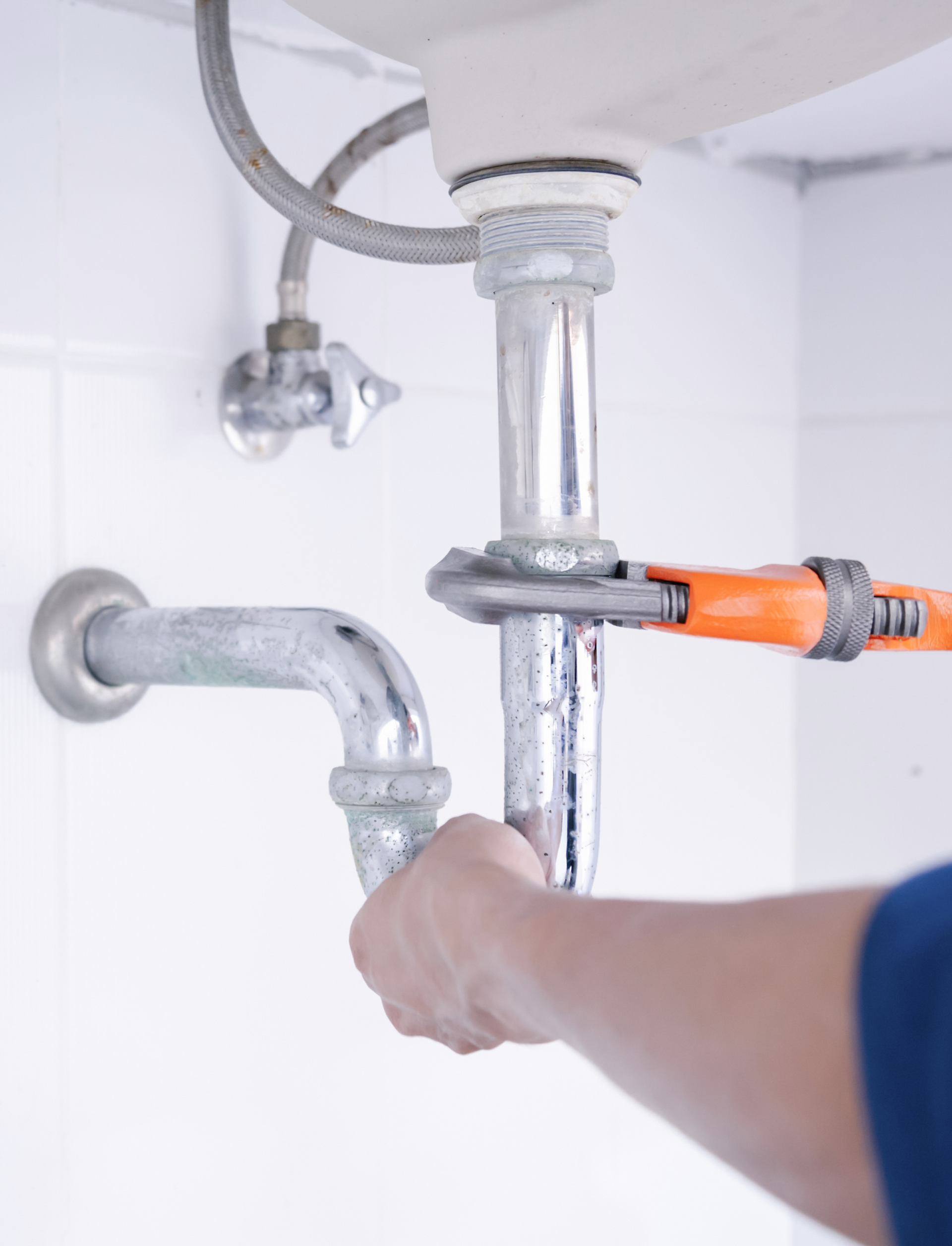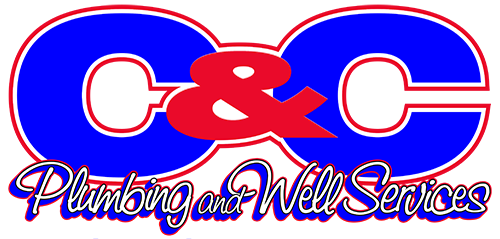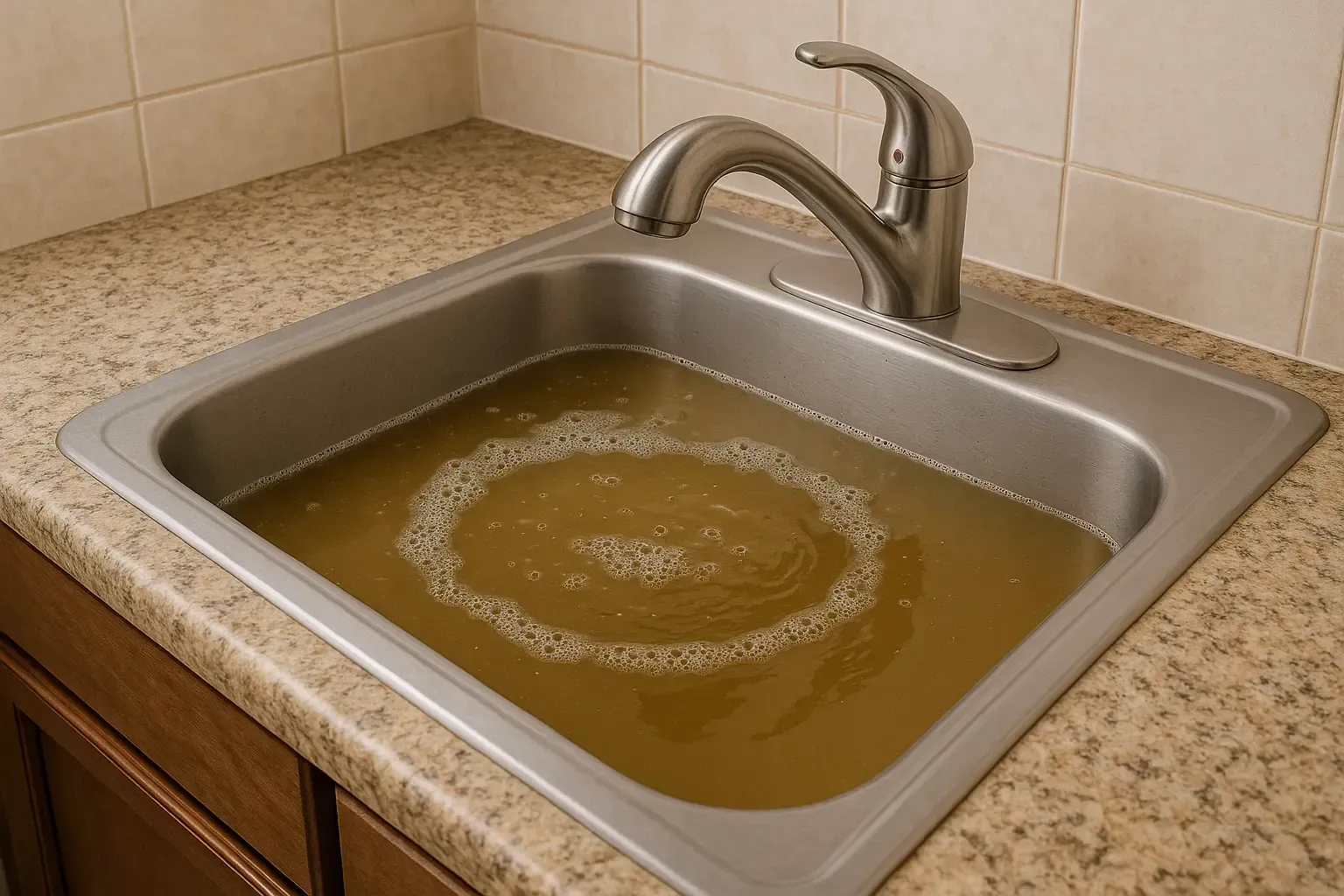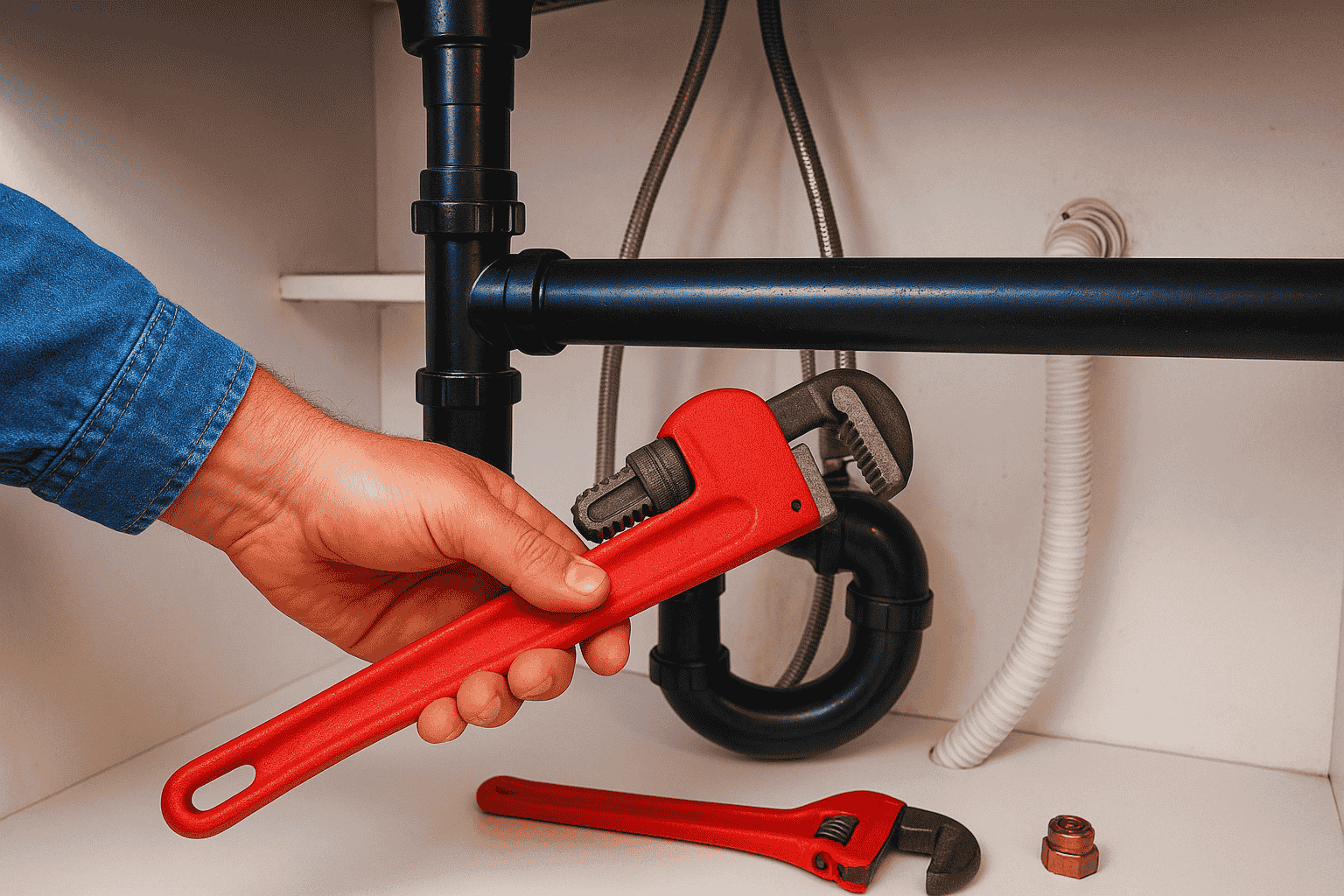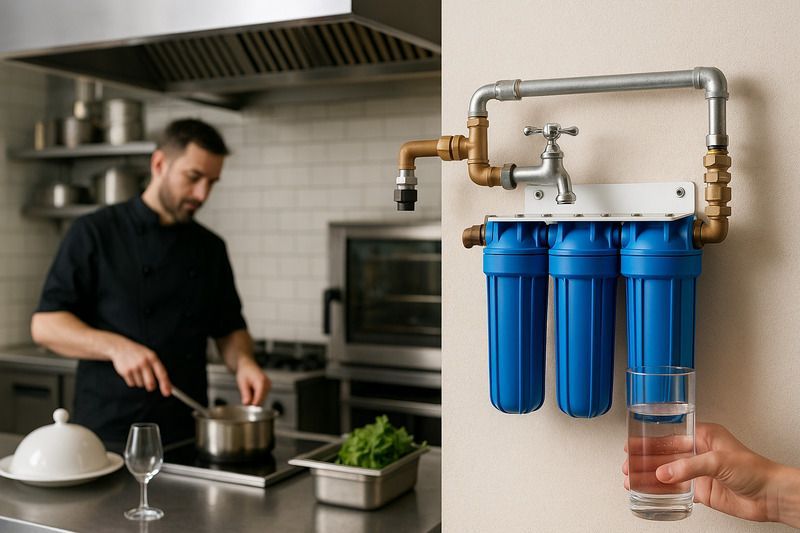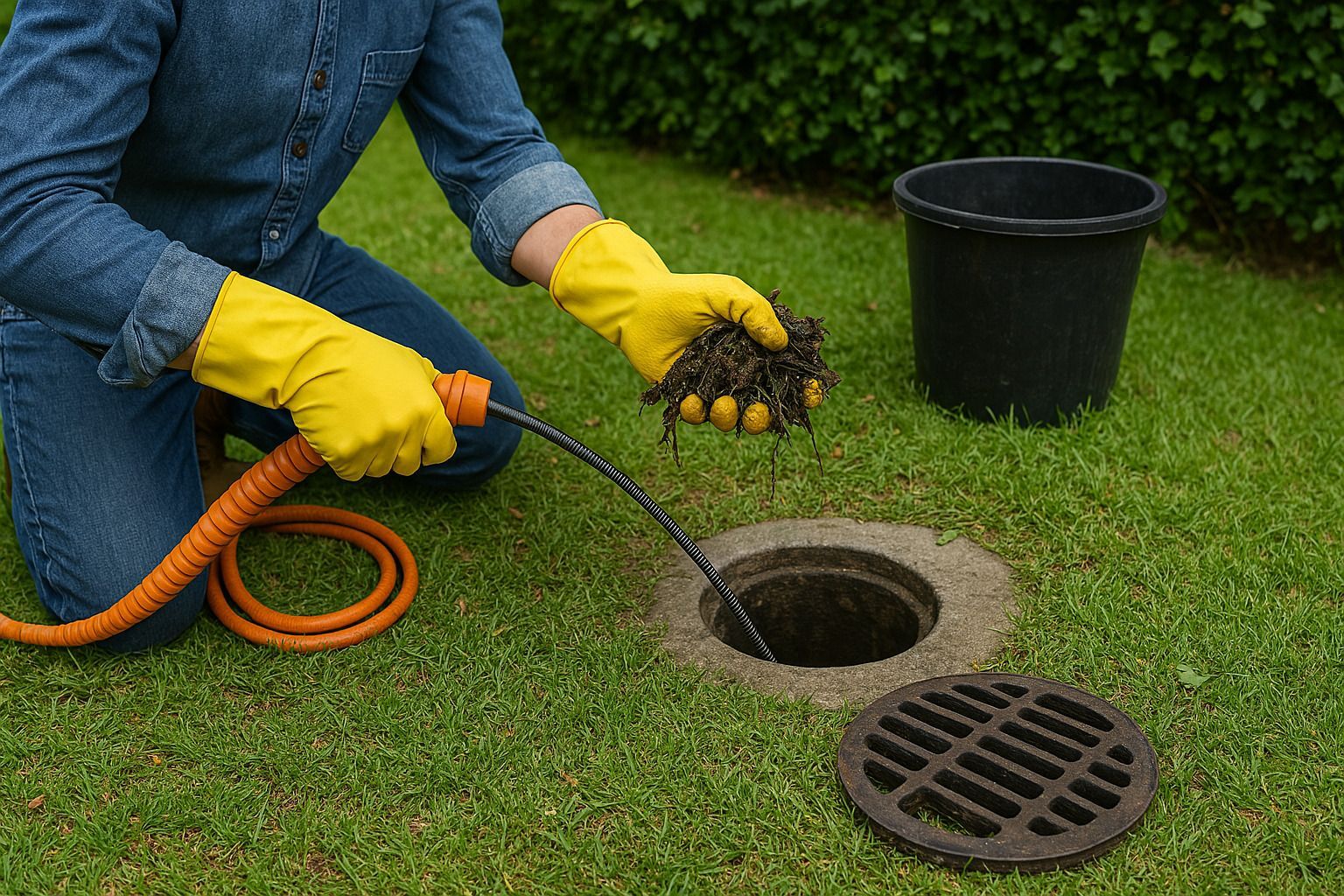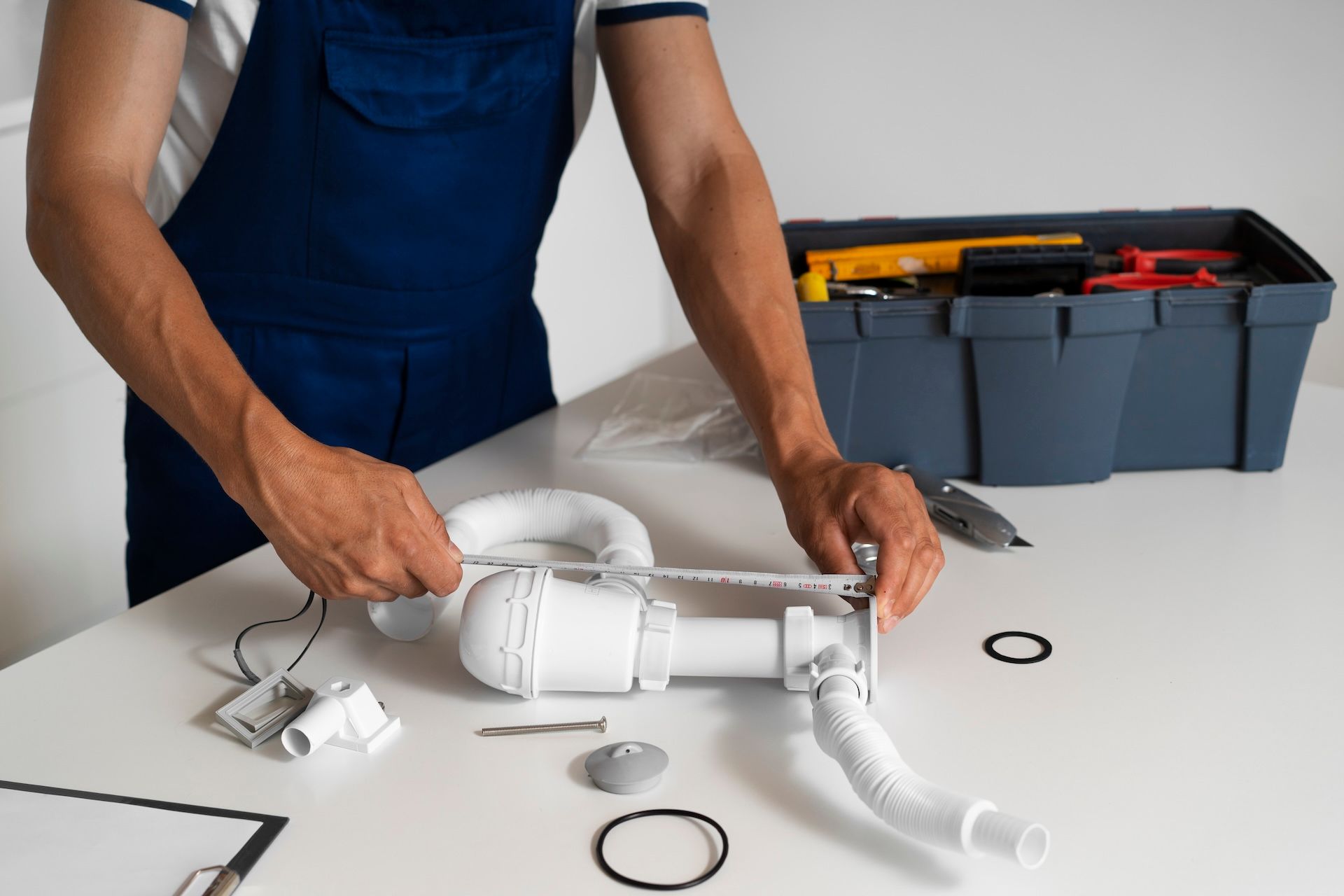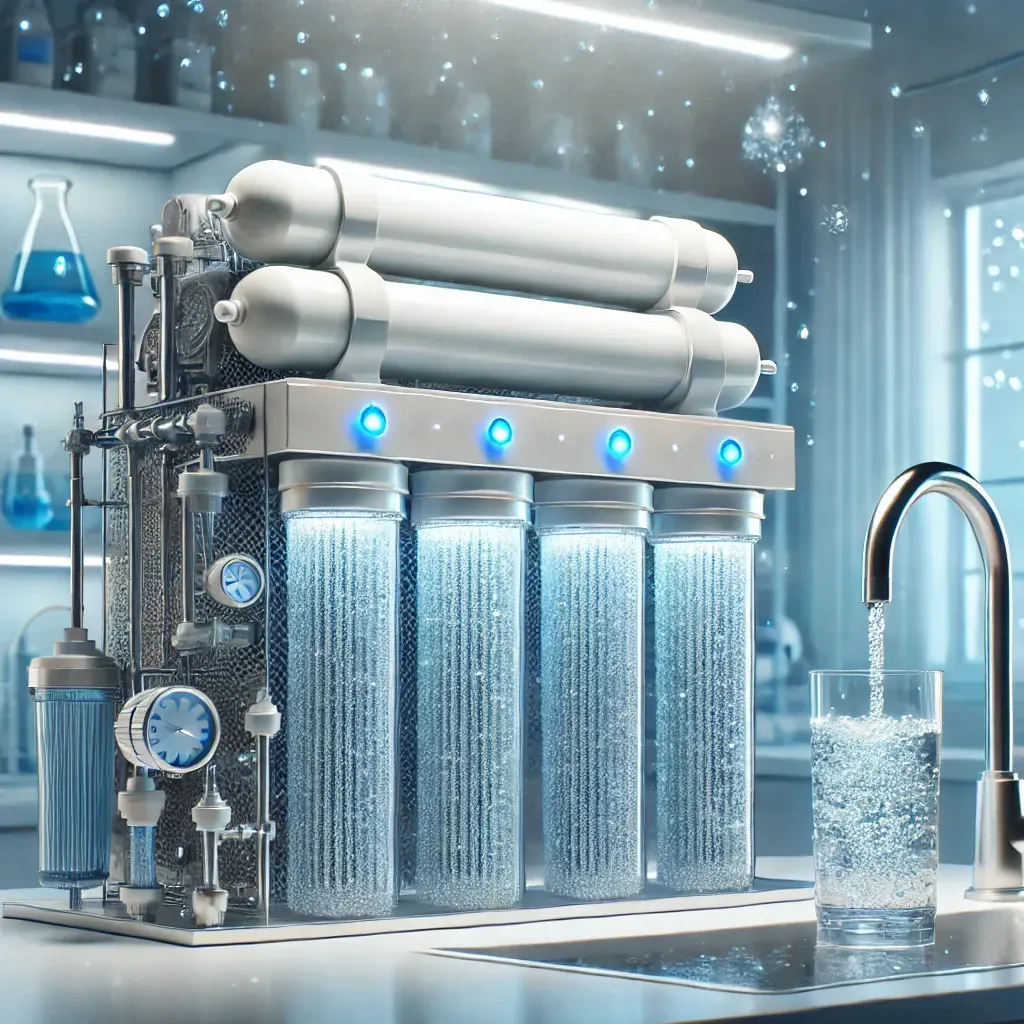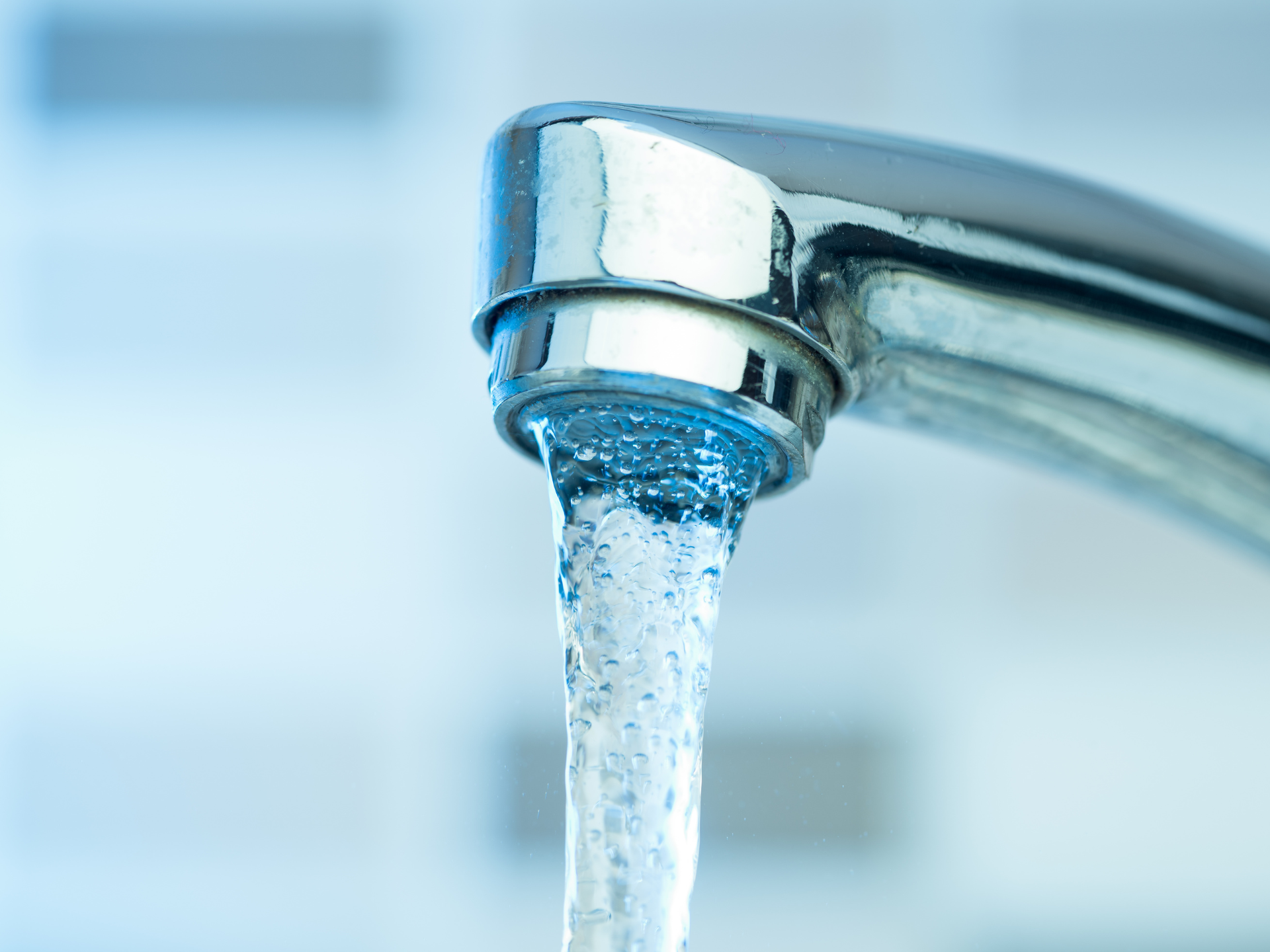Removing Lead and PFAS from Drinking Water
Share this Post on Social Media!

Worried about the quality of your drinking water? Researchers have found rising levels of lead and PFAS in water all over Georgia. It’s something to be concerned about, especially if you have small children in the house.
However, removing lead and PFAS from drinking water might be more complicated than simply installing a filter on your tap. It’s essential to get a plumbing professional to test the quality of your drinking water to help figure out the correct next steps. Otherwise, you may be consuming contaminated water without even knowing it!
Read on to find out more about PFAS and lead contamination in drinking water. C&C Plumbing is here to keep you and your family safe from chemicals, heavy metals, or whatever else is floating around in your tap. Schedule your free water testing consultation today!
What Are PFAS and Lead?
In today’s world, most people know about the dangers of consuming lead over time. However, PFAS have only recently come into the public consciousness.
While they’re both dangerous, there are significant differences that you should be aware of, including where the chemicals come from, their effects, and how they’re introduced to your water supply. Understanding the dangers is the first step to taking action to protect your family’s drinking water.
PFAS
PFAS (Polyfluoroalkyl substances) are chemicals with an extremely long half-life, meaning they break down much more slowly than some other chemicals. They also have another name: “forever chemicals,” due to their persistence and difficulty in removing.
There are thousands of different types of PFAS used in manufacturing processes all over the world. As a result, PFAS can be found in nearly everything you can think of: food, drinks, soil, produce, animals, and even people, too.
While many studies on the specific effects of PFAS are still ongoing, concluded studies have found that PFAS negatively impact human health and wellness. However, PFAS is a catch-all term, meaning individual chemicals have effects that haven’t been studied.
Lead
Unlike man-made PFAS, lead (Pb) is a heavy metal that occurs naturally in low quantities in the Earth’s crust, forced upward during tectonic shifts in the planet’s mantle. While it has several beneficial industrial uses, studies since the late 1800s have outlined its harmful effects.
Lead typically leaches into groundwater after soil contamination from the air or industrial runoff. Also, manufacturing uses such as paint, leaded gasoline, and others led to further environmental contamination in the past. These issues still affect groundwater to this day.
Old pipes are another major contributor to lead water contamination. Even if the water is clear, unseen lead material from pipes can flake off into your tap. It’s essential to assess the quality of your piping to determine whether you have increased exposure to lead contamination in your water supply.
Health Risks of PFAS and Lead Exposure
While you might not want to think about it, it’s essential to be aware of the health risks of PFAS and lead exposure over time.
Risks of PFAS Exposure
Scientists are still examining the specific effects of many chemicals that fall under the PFAS umbrella. However, some of the chemicals that are more widely used have had some major studies done on their potential health effects.
Among the studied chemicals,
potential impacts to your health can include:
- Decreased fertility
- Increased blood pressure
- Developmental disorders in infants and children, including in the womb
- Increased cancer risk
- Hormone disorders
- Decreased immunity
- Increased cholesterol and obesity
The laundry list of potential side effects from prolonged PFAS exposure outlines the need for increased awareness of exposure risk and preventative methods. Call C&C Plumbing now to see how we can help limit your exposure.
Risks of Lead Exposure
While scientists are still studying the specific health issues associated with PFAS exposure, lead exposure risks are very well documented. Also, since lead is a single element, charting its detrimental effects is easier than the thousands of chemicals under the PFAS umbrella.
Lead can
significantly affect children and young adults, permanently stunting brain development. Higher levels of lead can lead to major damage to the kidneys and nervous system in children and adults alike. Anyone with extremely high lead exposure can experience seizures, lose consciousness, and even die.
Georgia’s Water Quality Challenges
Georgia faces significant challenges to the quality of its aquifers and imported water supply used in commercial farming and residential consumption.
In 2024, the EPA
found that 1 million Georgians were exposed to dangerous levels of PFAS in their water supplies. Specifically, Atlanta water quality was shown to have 66% higher exposure than the EPA’s minimum reporting levels. Chemicals were found not only in larger cities and towns but also in private wells that you might expect to be insulated from contamination.
While Georgia’s Environmental Protection Department
started monitoring finished drinking water in 2021, current efforts to track PFAS levels are still ongoing. As a result, we still don’t know the exact extent of chemical contamination of our drinking and commercial water supplies.
How Do PFAS and Lead Get Into Drinking Water
Since PFAS come from different forms of manufacturing, there are several ways they can enter your water systems. Industrial runoff, firefighting foam, air pollution, and consumer product degradation are just a few.
When PFAS reaches the soil through manufacturing and consumer waste, it seeps down through naturally occurring pathways that lead to groundwater aquifers. Cities and municipalities in Georgia all pump water from these contaminated aquifers, spreading PFAS into residential systems and your home.
Lead contamination, on the other hand, comes from old piping. Degraded metal pipes often contain small quantities of lead. Tiny pieces of lead flake off into the stream of water as it’s pumped from the tank throughout the system. Homes and buildings relying on dated plumbing systems are at significant risk of lead contamination.
Effective Removal Methods
While you might be feeling a little down about the prospects of your water safety, keep your chin up. C&C can install a PFAS whole-house water filter using several different types of materials.
Installing an activated carbon water filter can reduce PFAS levels in your water supply to acceptable levels. Most homes with water filters utilize a carbon filter because they’re cost-effective and allow for updating or retrofitting existing systems.
Additionally, ion exchange treatment is an alternative filtration method you can employ. It utilizes negatively charged cationic exchange resins that attract PFAS chemicals with a positive charge. However, these resins are more costly than traditional carbon filters and require expert installation.
Alternatively, high-pressure membranes provide extreme protection against any PFAS or lead contaminants. These membranes use advanced nanofiltration materials and reverse osmosis to weed out chemicals that would otherwise pass through traditional filters.
Why Georgia Homeowners Should Act Now
Due to stricter EPA regulations introduced in 2024, the time to clean up your home’s water supply is now. While these rules prevent companies from reintroducing certain PFAS without EPA approval, there may come a time when that isn’t the case.
To prepare for any new PFAS or lead contaminants entering your water supply, you need to retrofit your existing system with a
high-quality PFAS water filter. It’s the only way to ensure that your drinking water is safe for use, regardless of whatever new PFAS companies decide to deploy.
Call C&C Plumbing Today!
If you want to check the safety of your water systems, contact C&C Plumbing today. We offer a free water quality consultation where a plumbing expert can test your water supply and guide you through various filtration options.
Don’t compromise your family’s health with PFAS or lead-contaminated tap water. Call C&C Plumbing now and schedule your free consultation!
